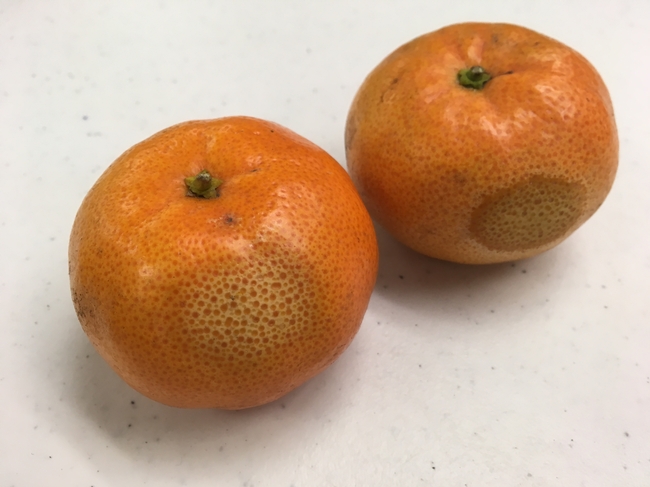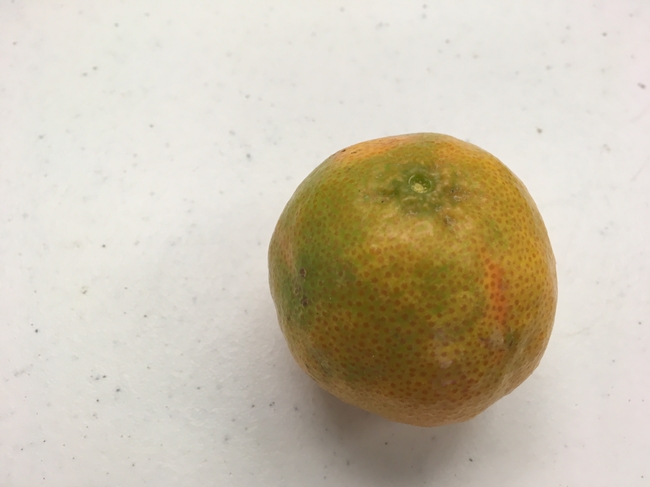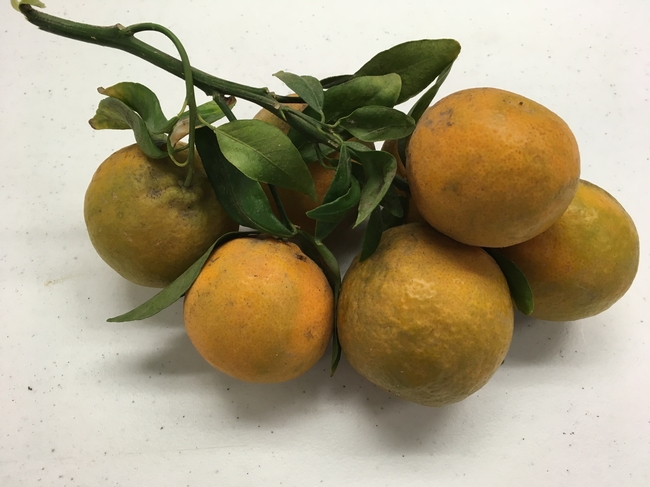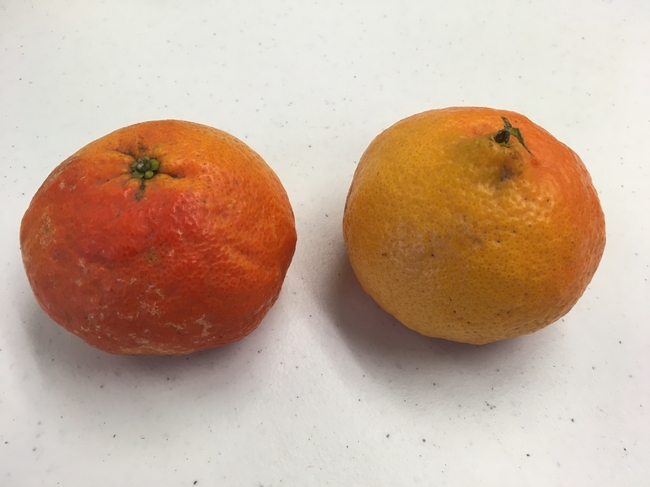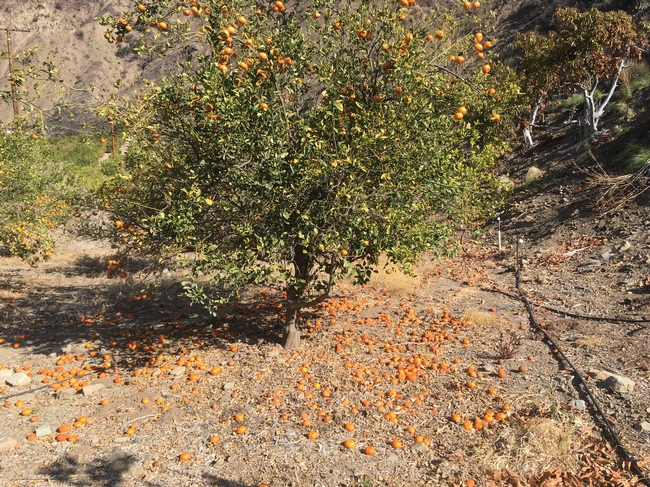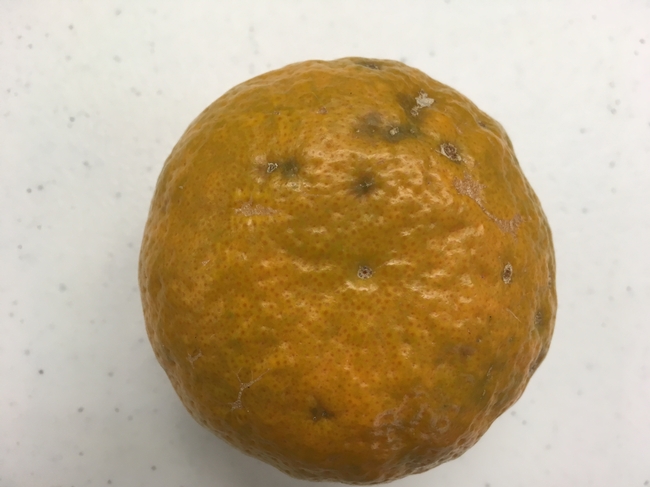
Posts Tagged: smoke
Wildfire Training for Farm Workers
This content was developed by the Western Center for Agricultural Health and Safety at UC Davis. For more information and to access their wildfire training materials, visit their wildfire training page: https://aghealth.ucdavis.edu/wildfires
How do wildfires affect the health and safety of people in agriculture?
Farmers and farmworkers are at a greater risk for exposure to wildfire smoke, ash, and chemical residue due to their work outdoors and long shifts, both during an active fire as well as during cleanup and recovery. Due to the nature of agricultural work, it is difficult for farmers and farmworkers to stop working due to wildfires. Lost workdays and the potential destruction of crops can have an economic effect on both farmers and workers.
Regardless of their proximity to wildfires, agricultural workers can struggle with stress and other mental health issues related to the effects of wildfires. Income, access to healthcare, and immigration concerns increase the vulnerability of the farmworker population.
When a wildfire occurs, what protections and information are employers required to provide to employees?
The newly adopted regulation §5141.1 “Protection from Wildfire Smoke,” which went into effect on July 29, 2019, uses the local air quality index (AQI) for PM2.5 to determine when worker protections are needed.
If employers reasonably anticipate that employees may be exposed to wildfire smoke, they must:
What is included in the wildfire smoke safety training and resources provided by WCAHS?
WCAHS provides safety resources on wildfire smoke for both employers and employees. An employer checklist outlining the above action items is available in English and Spanish. For training purposes, a double-sided poster and accompanying discussion guide are available in English and Spanish and are useful tools for tailgate trainings and safety reminders in the workplace.
WCAHS is developing an in-person training for agricultural employers and employees that provides a more comprehensive and in-depth review of the health effects of wildfire smoke exposure, worker protection procedures, and more.
Find out more about the Western Center for Agricultural Health and Safety and the Training Program Schedule: https://aghealth.ucdavis.edu/wildfires

smoke health poster spanish
Hot Mandarins. What to Look forward to After a Fire
Mandarins, also known as “zipper skins” and “easy peelers” can have very fragile peels/skins/rinds/exocarp that make them easily subject to more damage than most oranges and lemons. Some are a bit tougher skinned than others, but some are so fragile that any rough handling often prevents them from going through conventional packing operations.
These skins were recently put to the test in the recent fires in Ojai. There was a mix of different varieties - ‘Pixie', ‘Gold Nugget', ‘W. Murcott', ‘Yosemite Gold', ‘Tahoe Gold' and others. Some of them were more sensitive than others, some were closer to the fire, all were affected by smoke to some degree. In Matilija Canyon where smoke was present for many more days than in the east of the Ojai Valley and possibly more ash, the trees have started flowering sooner. That might be temperature difference, either cooler or warmer, so it is hard to say how much effect the smoke has had versus, the ash and/or heat. Smoke has many different gasses in it, one of which is ethylene which is a naturally occurring ripening agent. Smoke not only has gasses, but it occludes the sun so less or more or altered light might have an effect on these fruit. It's not a controlled experiment, so some little scientist is going to have to come along and wriggle out these different effects. Whatever. Fire and smoke have an effect on mandarins as we have seen in other crops, such as cherimoya, avocados and other citrus.
Heat damage. Fruit facing the fire.
Ash effects on fruit coloring. Fruit was covered with ash for several days until rain washed it off. Might be a pH effect (ash is alkaline), temperature effect, uneven light radiation, or other…….
Same sort of uneven coloring, that actually looks like an ashy color, but the ash has washed off the cluster by rain
And here's something interesting where fruit facing the fire is much lighter colored than fruit facing away from the fire. Here are two pieces of fruit, one from the side directly facing the fire, and the other from the other side of the tree. The side of that fruit facing the fire was also lighter colored. So, it had an effect through the canopy (small tree). The canopy was otherwise intact, unaffected heat or flames.
Oh yeah, and there is the characteristic fruit drop from either the heat, smoke gases, water stress or ….
And then there's the fruit that looks like it had actual embers on the skin.
If the tree survives and keeps its green leaves, sometimes the fruit is affected in ways that don't appear for a while. The peel may be affected, but in many cases the fruit is just as sweet as it could be. It just looks terrible. That might even be a selling point. "Here have a wonderous piece of history that braved the horror of the Ojai fires."
Why rising smoke from an orchard heater spreads out when it hits the ceiling
If you have ever wondered why smoke rising during calm weather when there is a "ceiling", where there is warm air sitting on cold in an inversion, here is an explanation from our biometeorologist Rick Snyder at UC Davis.
The smoke rises because the heated air is less dense than the surrounding air. As it rises, it cools due to air expansion, cooling due to radiation from the heated air, and entrainment of surrounding air into the rising smoky air. In an inversion, temperature increases with height but the rate of temperature increase with height decreases with height above the ground until it becomes isothermal and then starts to decrease with further height. As the smoky air rises, it cools and the density decreases. Eventually, in a strong inversion, it will reach a level where the density of the smoky air is the same as the surrounding air and it will stop rising. Since the rising air continues to add mass (air) to the level where the density is the same, it has to spread out and mix with the ambient air with the same density at that level. You can't increase the mass of air at the point where the smoky air reaches a level having the same density, so the smoky air spreads out horizontally. If air temperature decreases with height, it is called a lapse condition and it typically the atmosphere cools at about 1oC per 100 m. The smoky air would have to cool much faster than 1oC per 100 m to cool to the point where the density of the smoky air and surrounding air is the same. The smoky air will be warmer than the surrounding air and will continue to rise and eventually entrain with the surrounding air and dissipate. You will see the smoke spread out in inversion but it will continue to rise and dissipate in a lapse condition.
There you go.
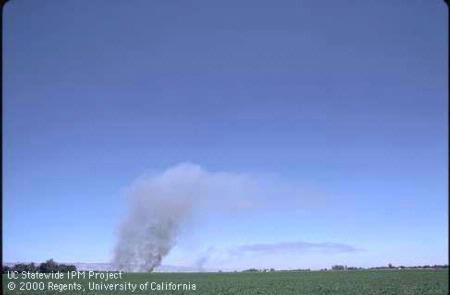
smoke

